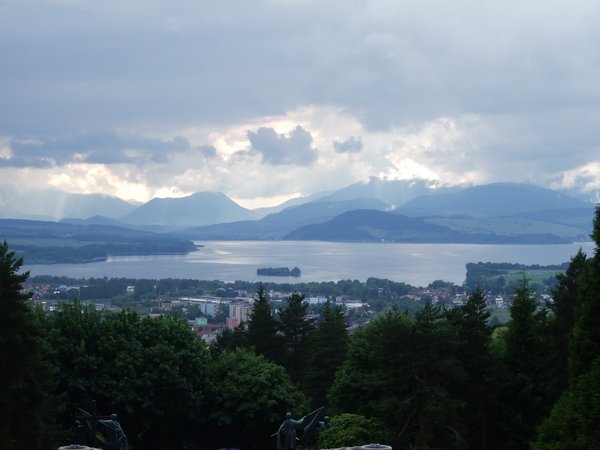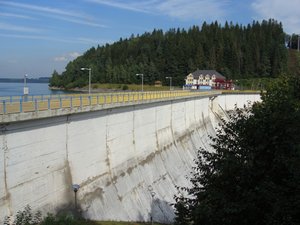
Developing the Carpathians. State Structural Policies, Usage Conflicts, and Environmental Change in a Mountainous Region under State Socialism 1945–1989.
The Carpathian Mountains are to East Central Europe what the Alps are to West Central Europe. Stretching in an arc over 1,300 km from the Czech Republic to Romania, the mountain range not only determines the region’s geographical structure, but also has a profound influence on the daily lives and the imagination of its inhabitants.
Yet unlike the Alps, the processes governing the perception and appropriation of the Carpathian Mountains have not been sufficiently examined in previous research. This project seeks to fill this gap for the socialist period by casting light on the many ways in which the region was developed and used during this period and the consequences of this for society and the environment. In particular, the project asks whether these processes had a specifically socialist character, or whether they constituted features of modernity that were not unique to a particular political system.
This research project aims to be an “open regional history” that acknowledges space as a construction and investigates its subject beyond regional and national parameters. As such, the project will not only contribute to research on East Central Europe under State Socialism, but will also bring a hitherto neglected East Central European perspective to current historiographical discourse in environmental and infrastructure history.
Funded entirely by the Collegium Carolinum, the project comprises a post-doc project on Czechoslovakian structural policies and a doctoral project on the use of hydraulic power in the Slovakian and Romanian Carpathians. At the University of Basel work is under way on a further associated project on the history of the Tatra National Park. A workshop to discuss initial research findings and compare them with existing research into the history of the Alps is due to take place in the near future.

Socialist hydraulic structures in the Slovakian and Romanian Carpathians – a new social order through dominance over nature?
Arnošt Štanzel (project completed)
State socialist regimes typically proclaimed that they were building a new social order. Infrastructure projects in peripheral locations were prominent in this vision. Until now, the role of the environment in this context has not been adequately researched. This project aims to investigate the construction of hydraulic structures in the Slovak and Romanian Carpathians and the accompanying discourse on water pollution. In so doing, the project will draw conclusions on the relationship of people to their environment in the period from 1945 to 1989.
The project focuses on three central questions:
1. What do discussions of water pollution and the construction of reservoir dams in Romania and Czechoslovakia reveal about people’s perceptions of the environment and nature? What bearing did these perceptions have on how people dealt with nature?
2. In the context of the (re-)discovery of space in the spatial turn, I view the construction and varied usage of reservoirs by citizens and regimes as a ‘production of spaces’. How did this affect the political, socio-economic and cultural situation in the regions examined? I also ask if the new spaces changed the perception of the periphery, binding it more closely to the centre.
3. How do approaches to the environment in Romania and Czechoslovakia compare with each other and with approaches taken in other countries? Were people guided here by the Soviet Union or existing domestic traditions or did they look to the West as a model?
Published as:Wasserträume und Wasserräume im Staatssozialismus. Ein umwelthistorischer Vergleich anhand der tschechoslowakischen und rumänischen Wasserwirtschaft 1948–1989 (= Schnittstellen. Studien zum östlichen und südöstlichen Europa; Bd. 8). Göttingen: Vandenhoeck & Ruprecht, 2017.
Project conference
"Alps and Carpathians. The development of two European mountain regions between utilisation goals and protection claims" from 10-11 October 2012 in Munich.
To the program
Conference report in Bohemia-Themenheft (2014/1), Bohemia-online:
"Projektworkshop: Die Evakuierung der Deutschen aus der Slowakei 1944/45. Verlauf und Deutungen, Kontexte und Vergleich" https://www.bohemia-online.de/index.php/bohemia/article/view/4233/6262
